Involvement over the years - a little history
Designing custom furniture for Leighton House Museum over the decades has been a little like playing the after-dinner parlour-game ‘In The Manner Of The Word’; you are given a fragment of an old photograph then expected to offer an impromptu performance to amuse the assembled company.

Luke Hughes was first commissioned in 1982 by the then curator, Stephen Jones, to make two black-lacquered glazed mahogany display cases to house some of Leighton’s de Morgan china, which had certainly never been behind glass in Leighton’s day. Jones found the meagre Borough annual budgets forced on him the commercial letting of the museum for exotic parties, fashion shoots and the making of artistic videos – hardly compatible with the informal ‘drawing room display’ techniques of his previous curatorial charge, Gainsborough’s House in Sudbury.
.jpg?width=1136&height=826&name=Library%20bookcases%20in%20Leightons%20studio%20with%20view%20into%20Winter%20Studio%2c%20Leighton%20House%20%C2%A9RBKC%2c%20Leighton%20House.%20Image%20courtesy%20Dirk%20Lindner%20(14).jpg)
The de Morgan china clearly needed better protection, regardless of historical accuracy. Jones, always at heart the utterly serious and professional academic, nevertheless rather enjoyed the social exposure fund-raising required and took great delight in the tale of his chance encounter with an old acquaintance who, upon being told that he was now running Leighton House, replied "Oh yes, I heard; it's a sort of night-club isn't it."
All Jones had to offer for inspiration was a fragment of a late 19th century photograph into which poked a corner of a lacquered side table, the murky details of which offered modest clues, certainly not quite enough to do full historical justice to any design. Luke Hughes was reassured by the museum’s architectural advisor at the time, that scourge of Modernism and towering doyen of the Victorian Society, Ian Grant, as he scribbled some annotations on my proposed sketches, ‘The gist, my dear boy, the gist – Leighton was nothing if not theatrical’.
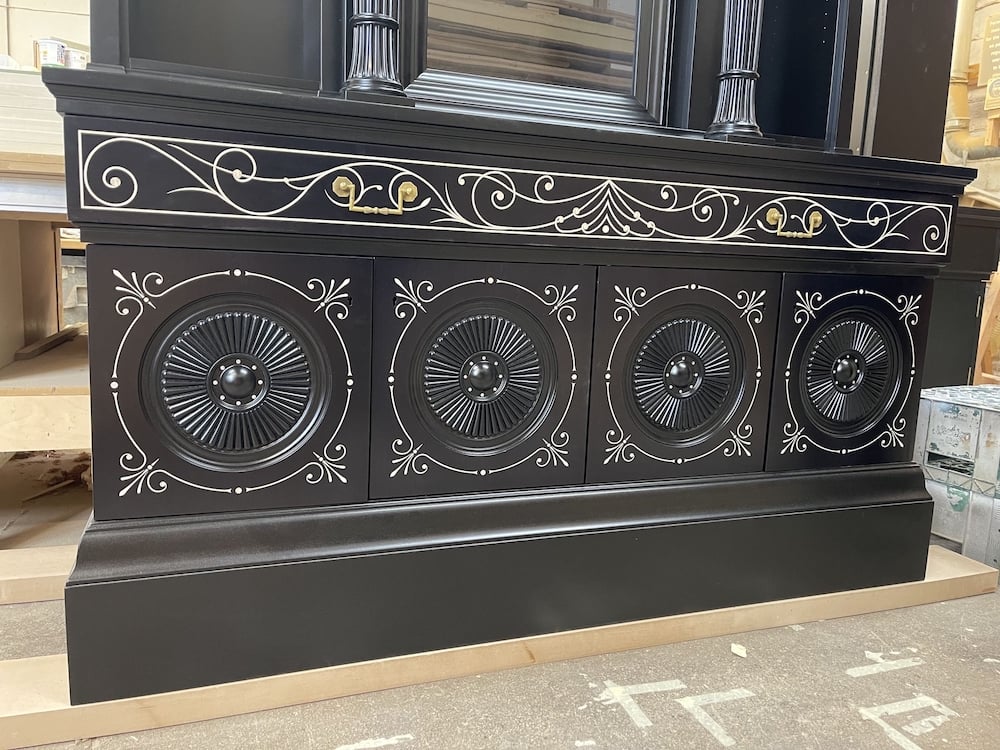
The house has had a precarious past. Initially designed collaboratively by Leighton and his architect George Aitchison in the 1860s, it evolved and doubled in size over the 31 years that Leighton lived and worked there, becoming one of the most sumptuously exotic interiors of any house in 19th century London. It is one of a tradition of artist-studio houses in the Holland Park area designed by the likes of Webb, Norman Shaw and Burges, built more like show-palaces than as private studios: heavily embellished architectural fantasies, designed to show off personal collections of artefacts as well as display to full effect the works of the artists who lived there. It is an astonishing concoction, the collaboration between artisans, artists, architect and patron being of the kind that later informed the principles of the Arts & Crafts Movement and, in particular, the foundation in 1884 of the Art Workers Guild. Many of those involved with the Leighton House interior were early members of the Guild.
After Leighton’s death 1896, Christies held an eight-day auction of the contents; most were dissipated, many were lost. Since then, the house been white-washed, bombed, converted into the children’s branch of Kensington Central Library and even earmarked for demolition – in 1960 the Borough actually challenged London County Council’s attempts to apply a preservation order. Fortunately, in the 1970s, common sense prevailed and tentative steps were made to recover some of Leighton’s extraordinary aesthetic legacy. Further impetus was generated with the inspired tenure (1981-9) of Stephen Jones as curator.
More parlour games in 2010, when Jones’s equally talented successor, Daniel Robbins, asked if a new desk could be made to sit in Leighton’s study which had been denuded of its centrepiece when Leighton’s furniture was auctioned. The study is the first room to be seen from the museum entrance and the desk was key to that interior ensemble. A few years later, in 2016, some funds were found to commission a replica of Aitchison’ elaborately architectural sideboard in the dining room (used for the display of some of Leighton’s ceramic collection). The latest custom library bookcases in the studio continue this theme.
Luke Hughes was also involved as a design consultant on other aspects of the latest renovations, including the recreation of the front gates.
Media coverage of the reopening of Leighton House can be found here:
https://twitter.com/LeightonHouse_/status/1578304647860834306/photo/1
https://www.standard.co.uk/culture/exhibitions/leighton-house-museum-reopens-ps8m-refurbishment-lord-frederic-leighton-b1028847.html
https://www.bdp.com/en/latest/news/2022/leighton-house-reopens-to-the-public/
https://www.tatler.com/article/leighton-house-london-reopens-public
See also:
https://www.artworkersguild.org/about-us/

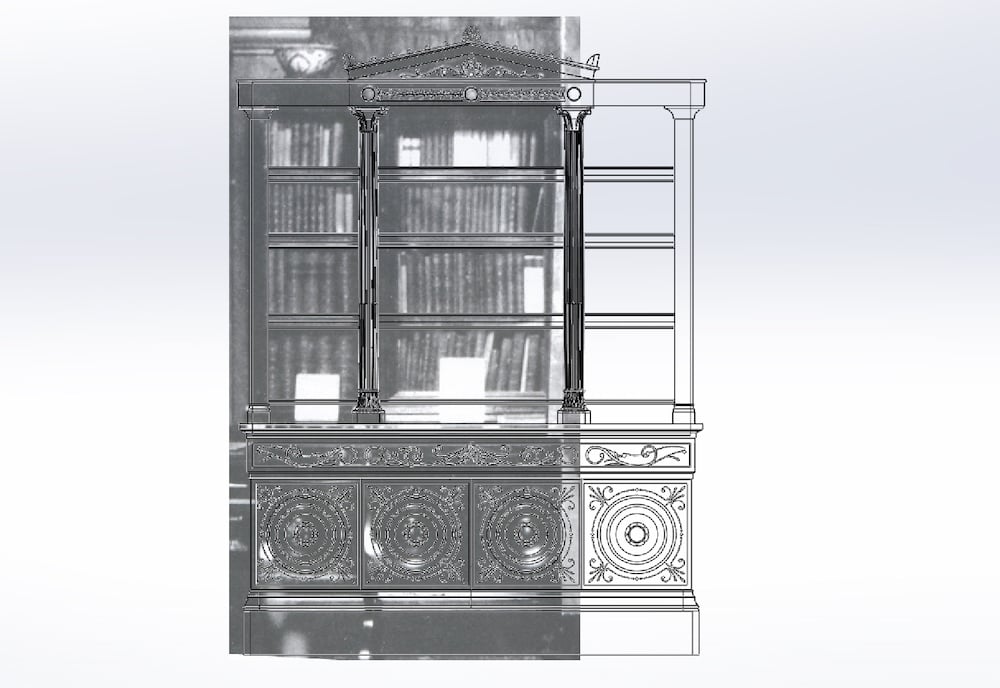
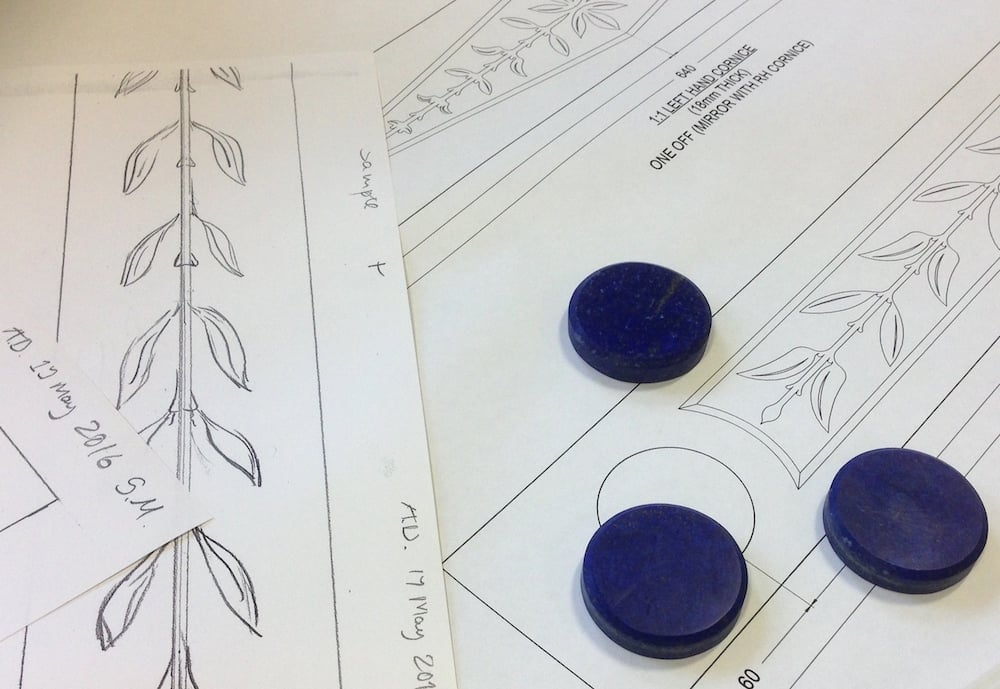
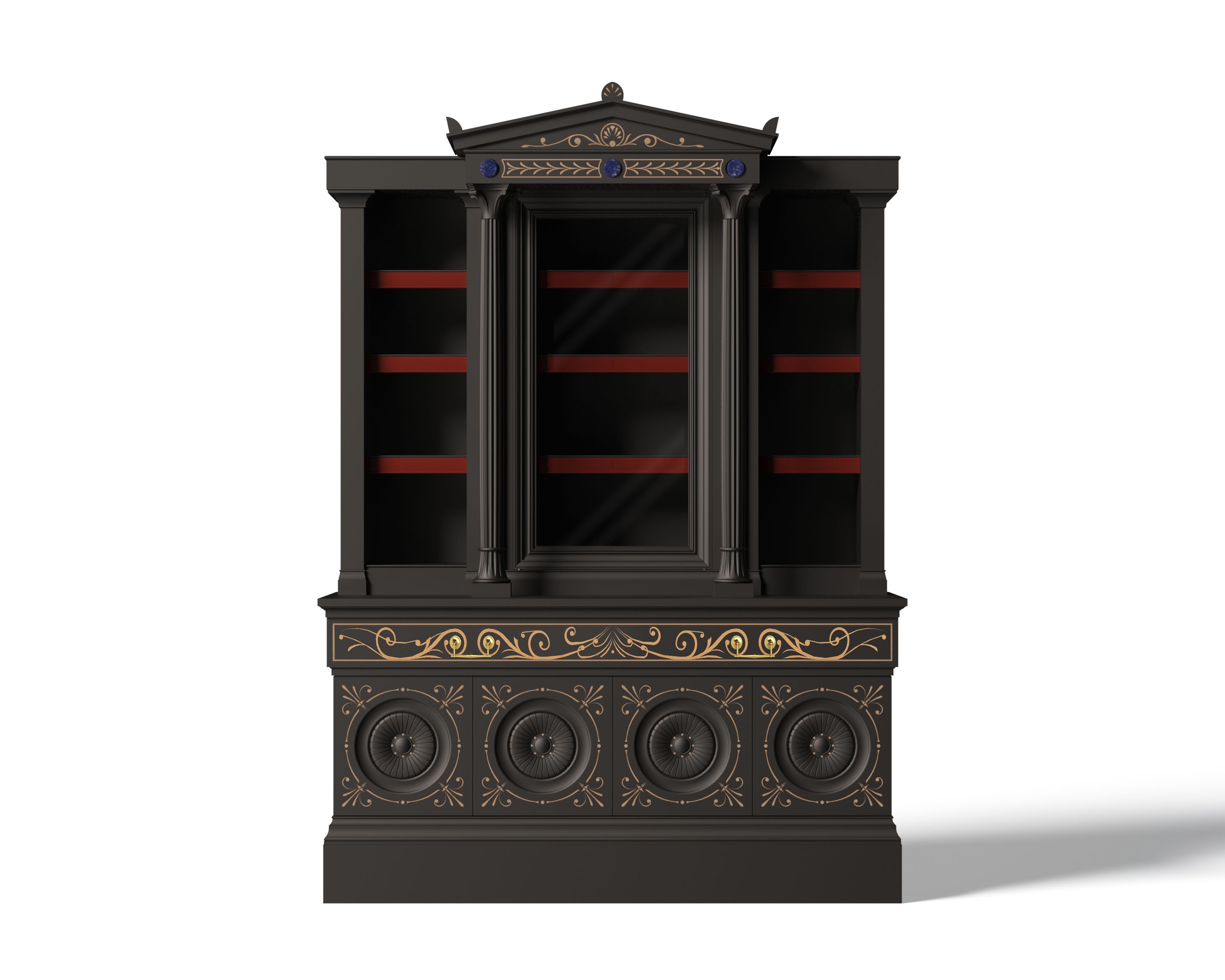
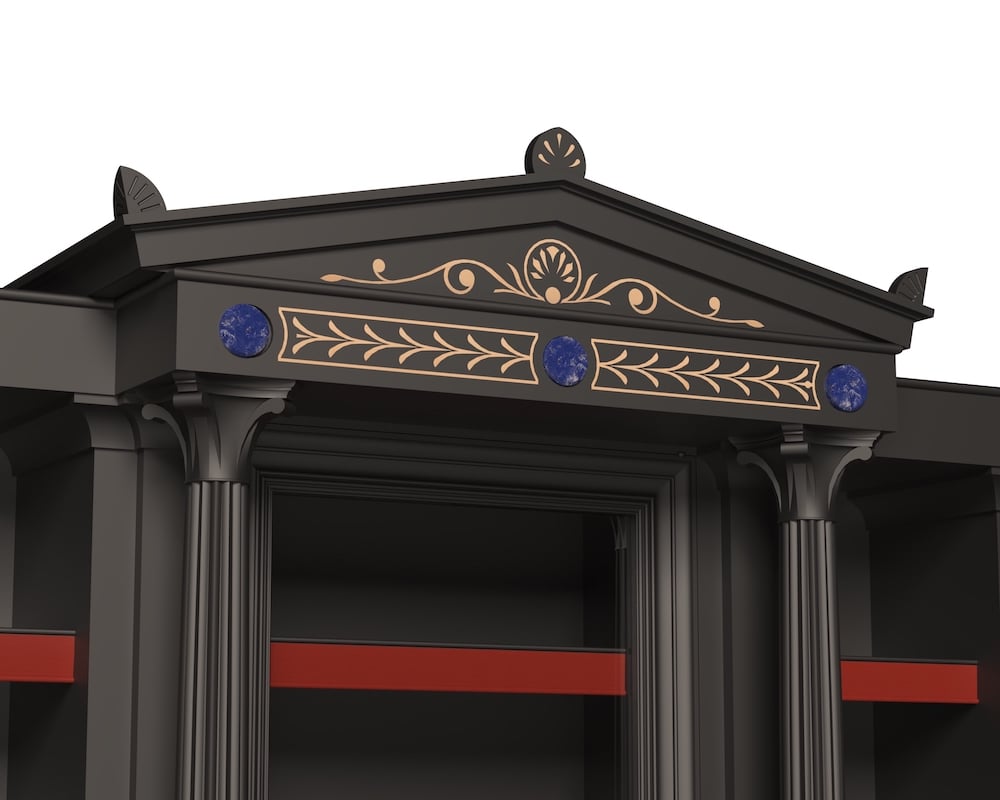

.jpg?width=1136&height=826&name=Library%20bookcases%20in%20Leightons%20studio%20with%20view%20into%20Winter%20Studio%2c%20Leighton%20House%20%C2%A9RBKC%2c%20Leighton%20House.%20Image%20courtesy%20Dirk%20Lindner%20(14).jpg)


